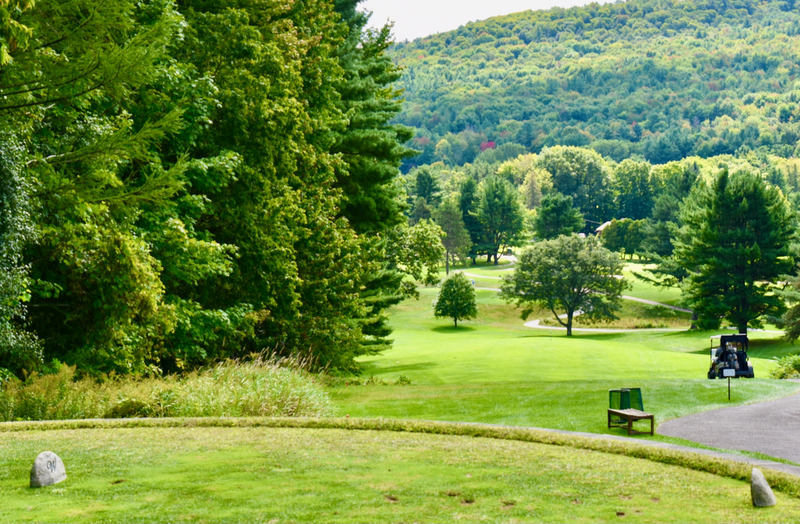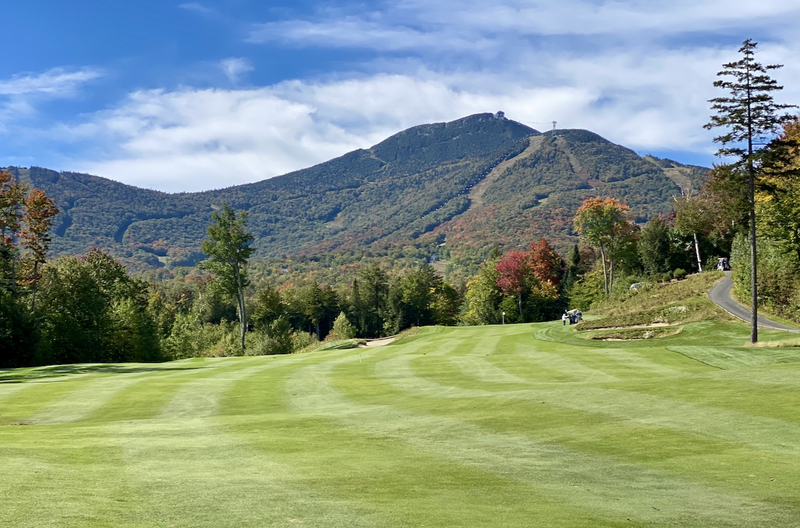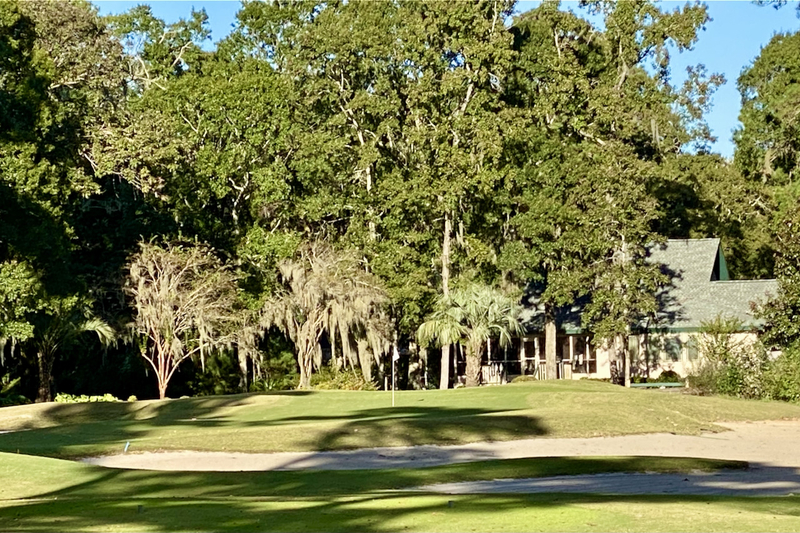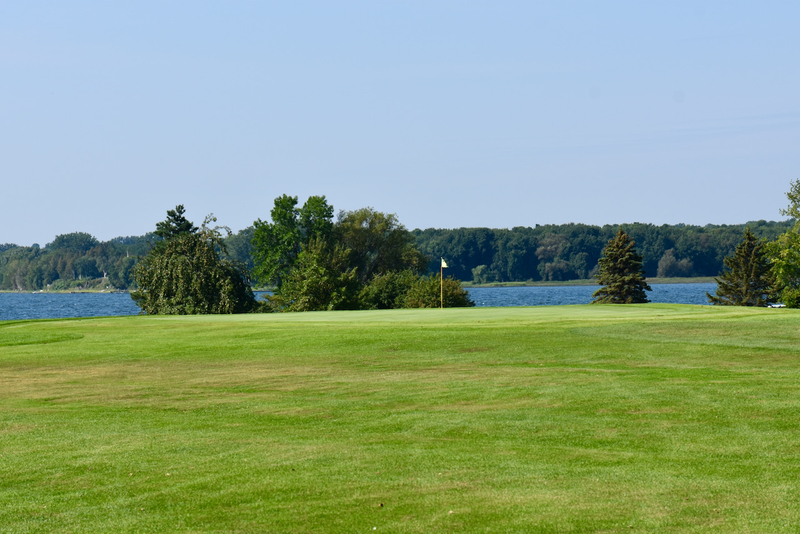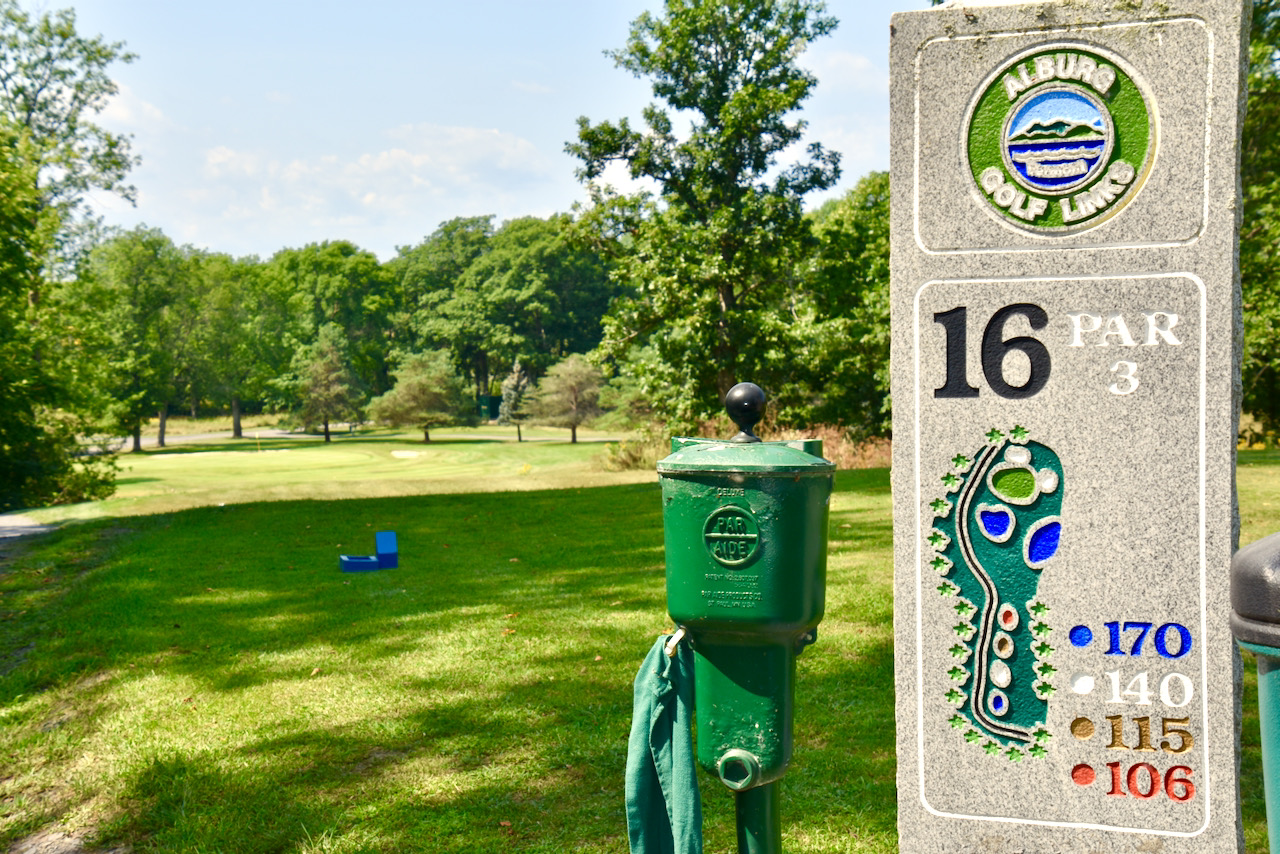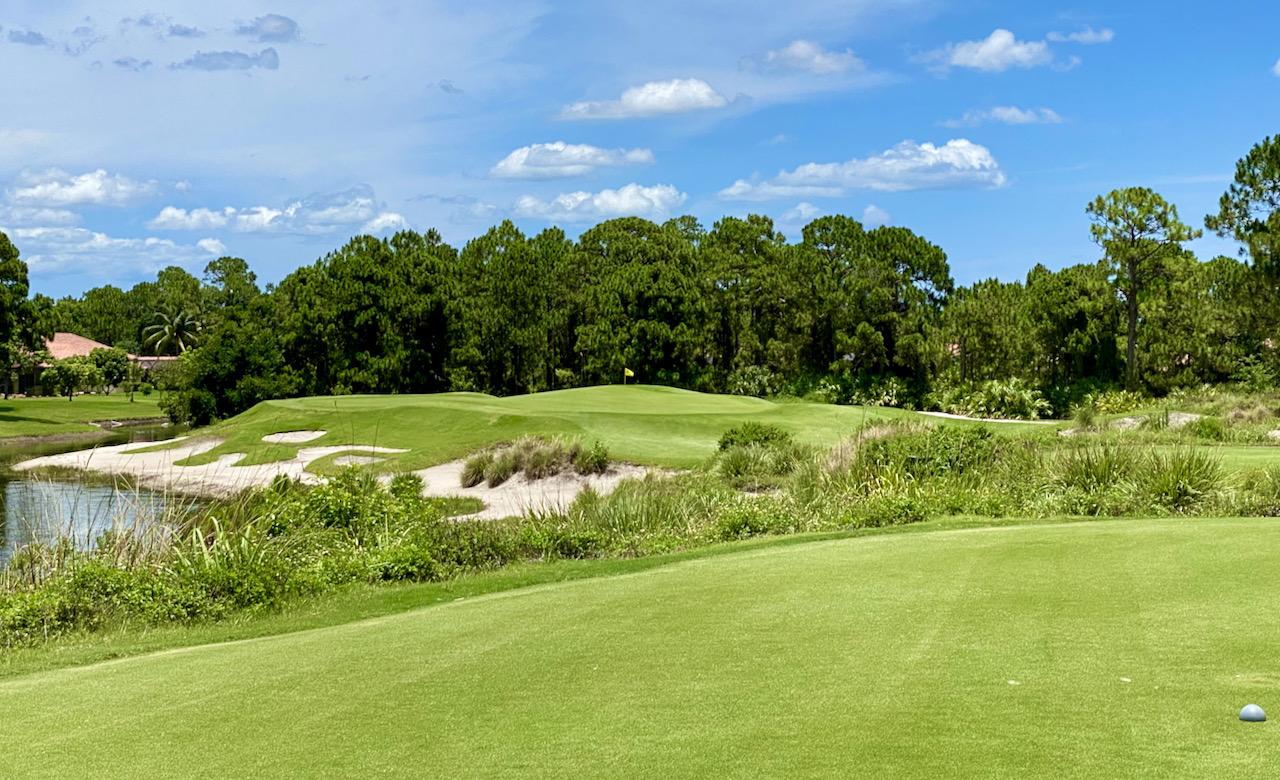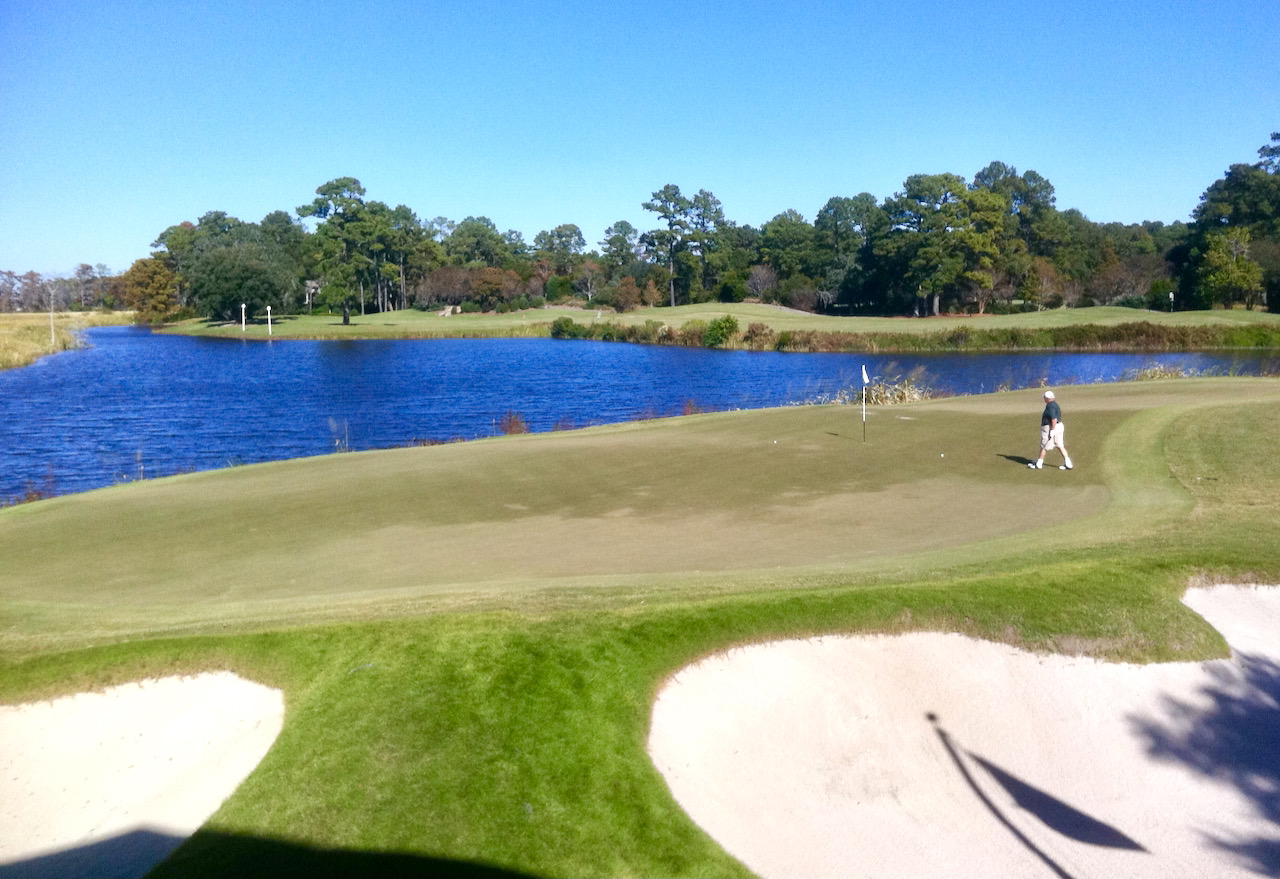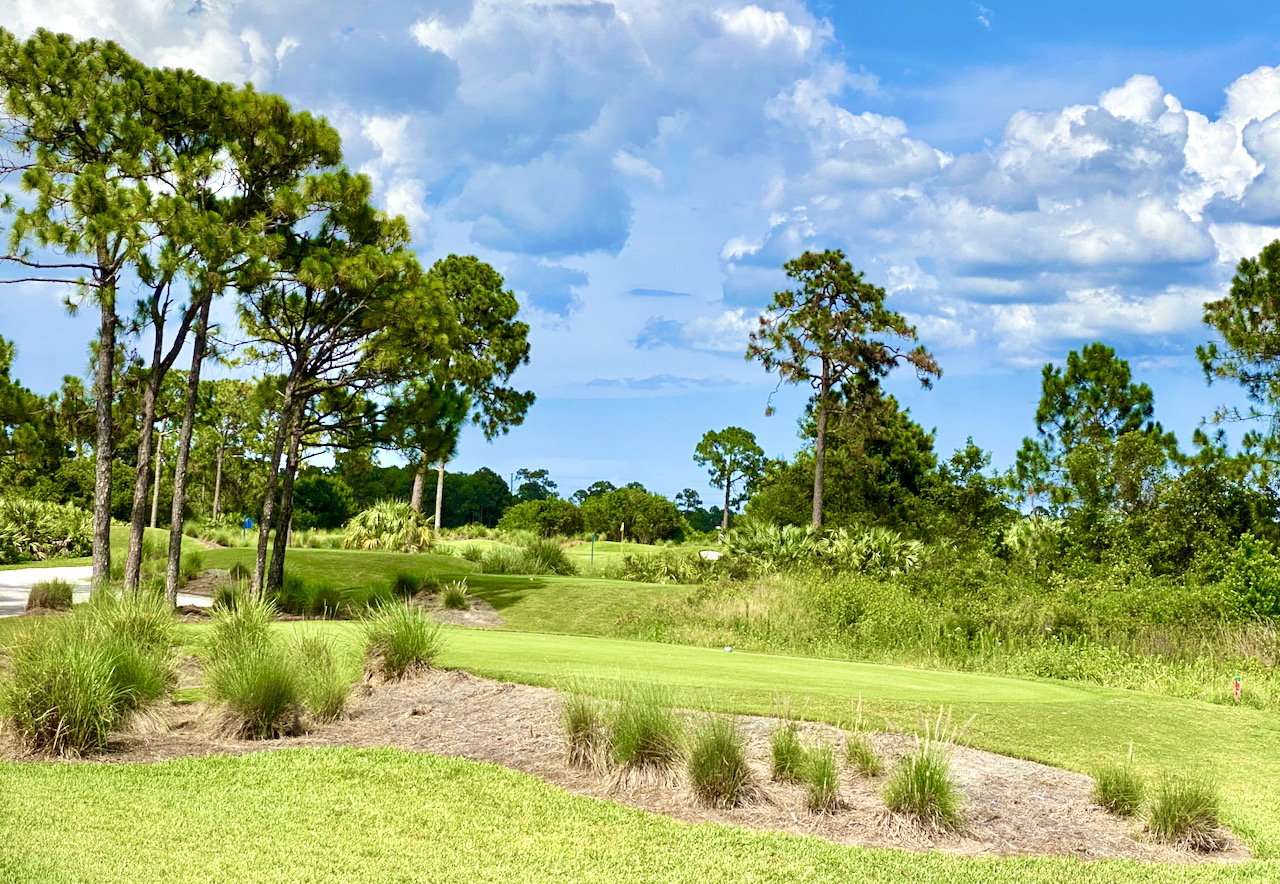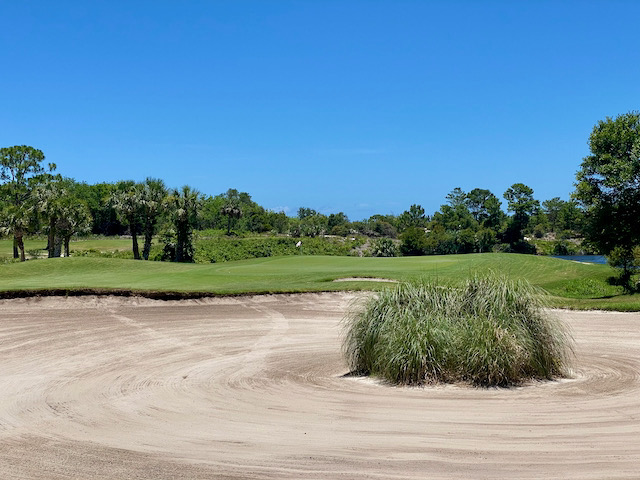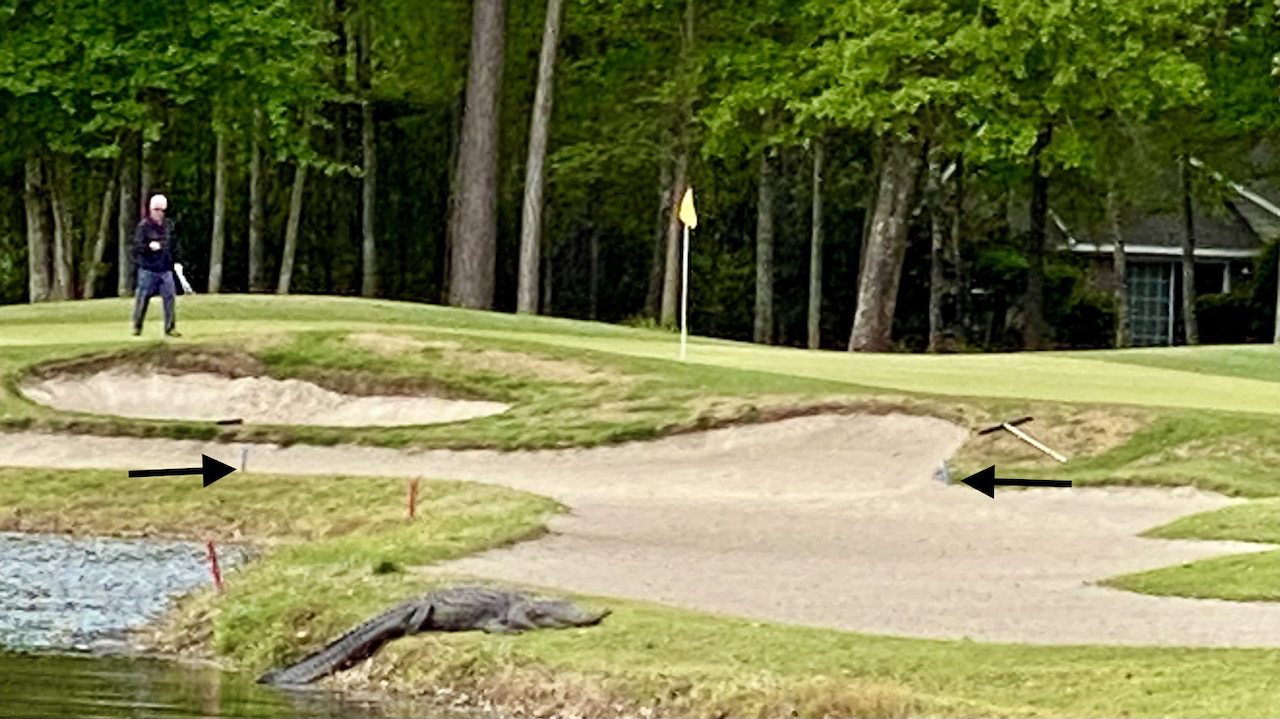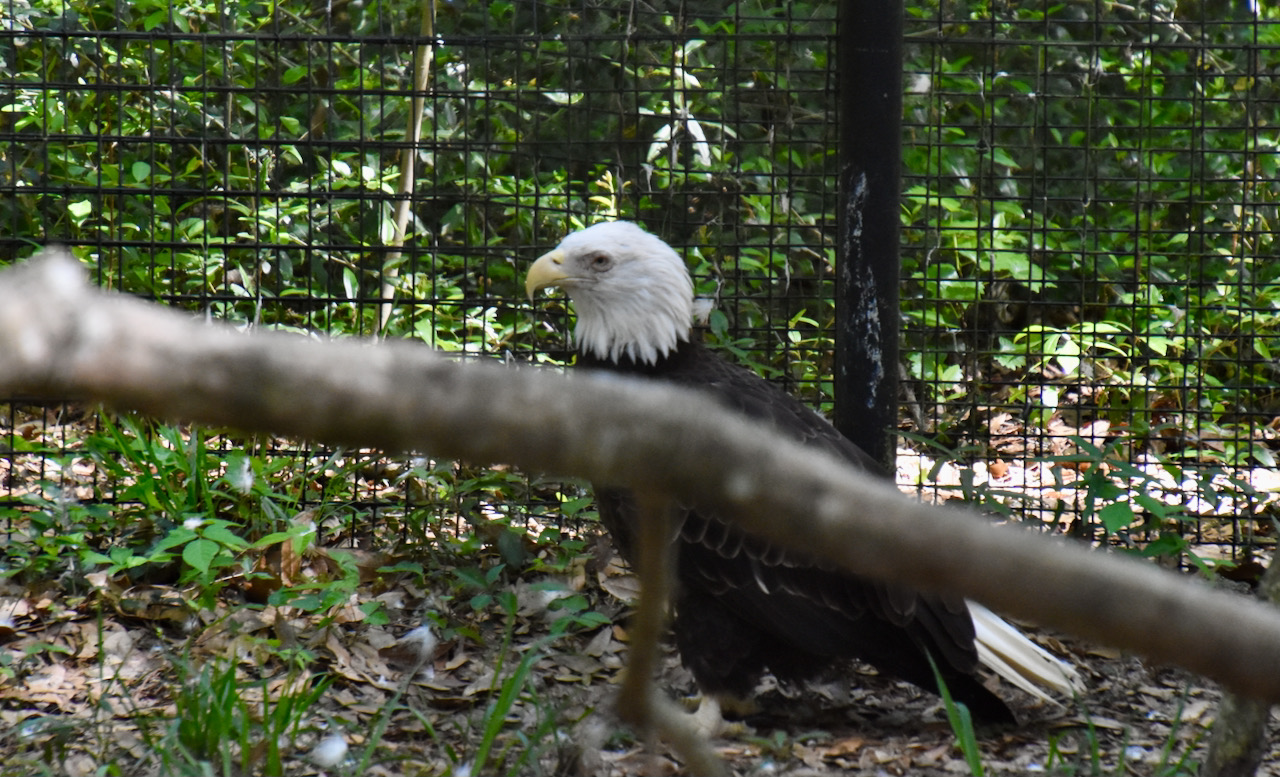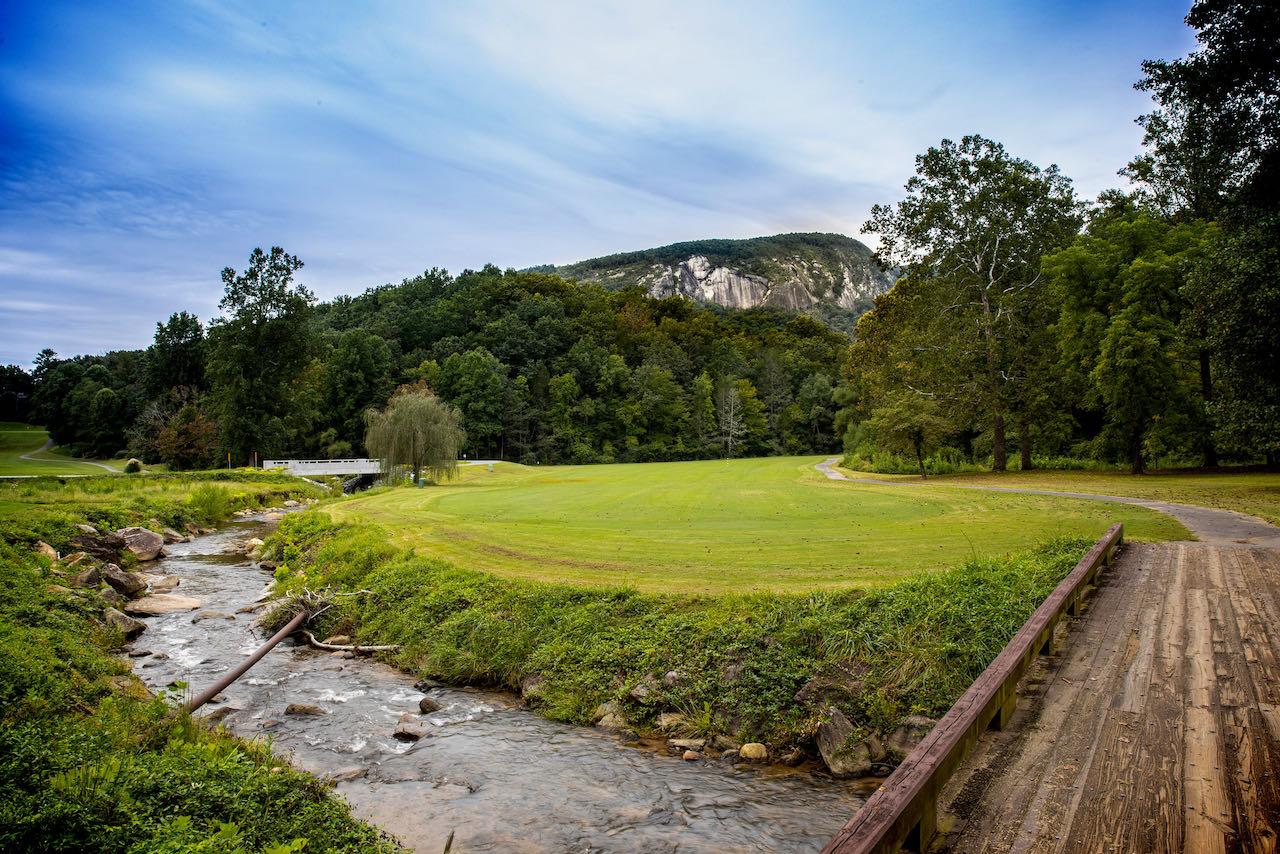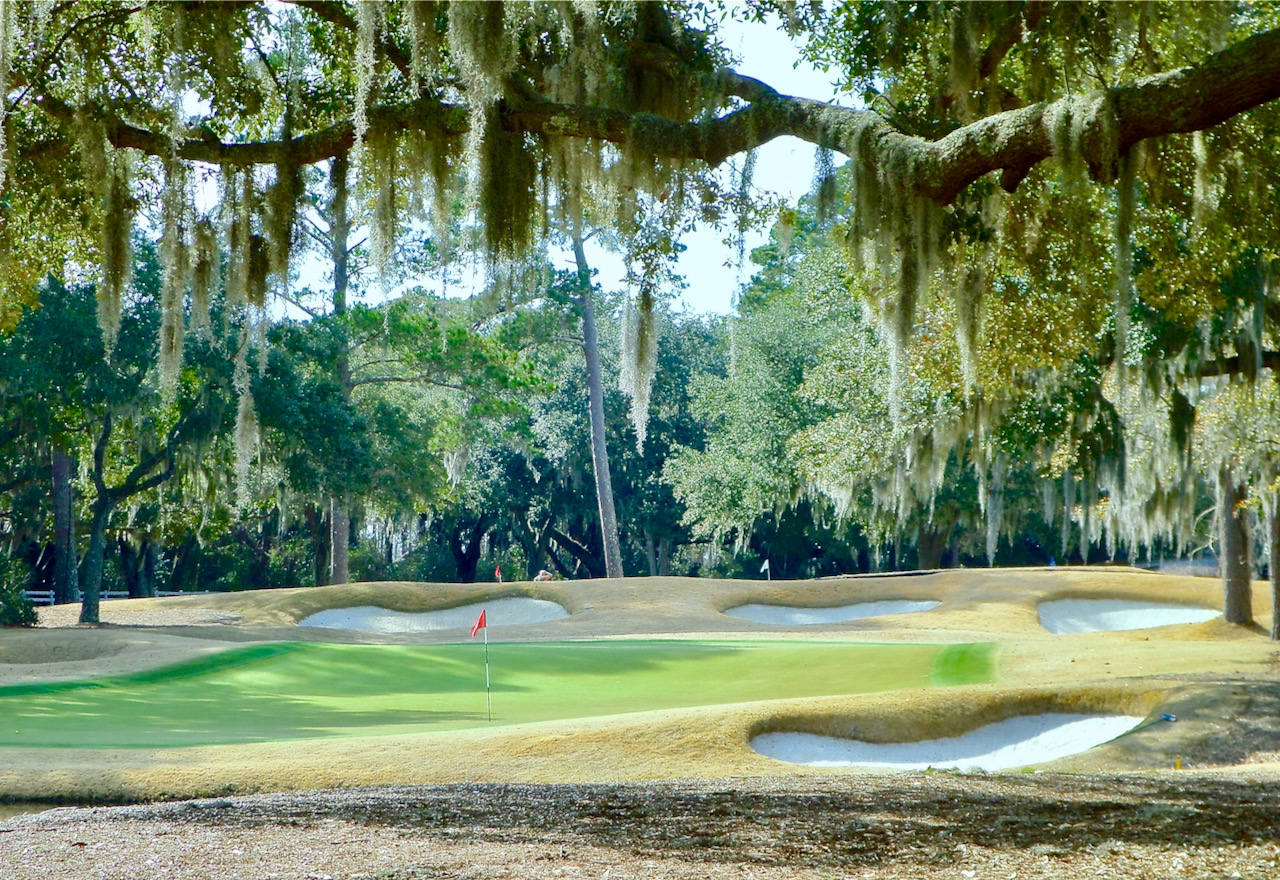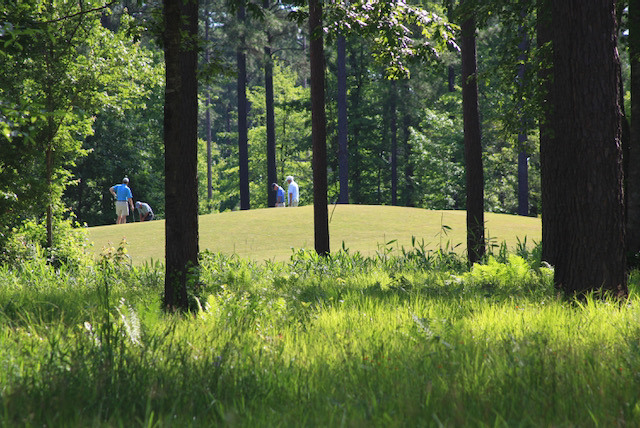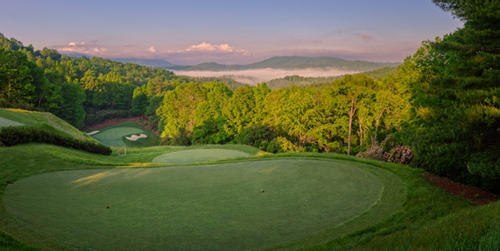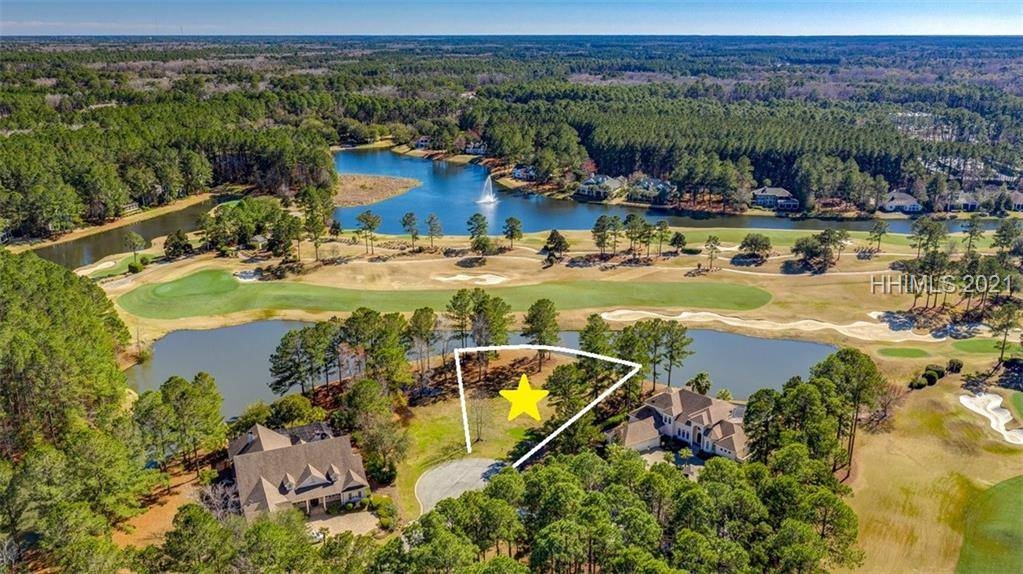The Coves at Round Mountain in Lenoir, NC, is but one of the latest, although the development has been quietly selling lots in Phase I for a year. Comprising more than 3,600 acres about an hour from Asheville and Winston-Salem, and just north of Hickory, The Coves boasts four miles of frontage on the Johns River and
Only a few Phase I properties remain, with prices starting at around $50,000 for an acre. Phase II will offer a number of lake and golf views beginning at slightly higher price points. Count on some impressive mountain views as well; the community begins at an elevation of 1,700 feet and tops out at 4,500 feet.
The marketing materials are somewhat coy about the 18-hole "signature" golf course that will be built on the property. I called the sales office and was told that an architect was walking the property today and could be given the job in the next few days. Although we will respect the request to embargo the information until an announcement is made, the leading candidate is a former U.S. Open champion. As soon as they make the decision, we'll report on it here. Other details will follow as well.
Click here for a location map.




 week.
week.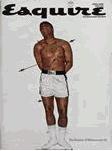 Muhammad Ali, who had refused induction into the military weeks earlier, pierced by six arrows and in the pose of the martyred St. Sebastian, the patron saint of athletes. A noose around his neck might have made a similar point, but the
Muhammad Ali, who had refused induction into the military weeks earlier, pierced by six arrows and in the pose of the martyred St. Sebastian, the patron saint of athletes. A noose around his neck might have made a similar point, but the 


